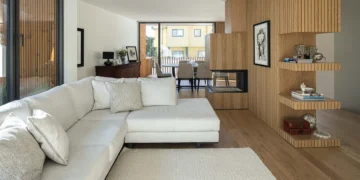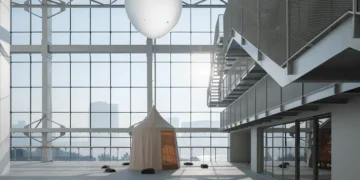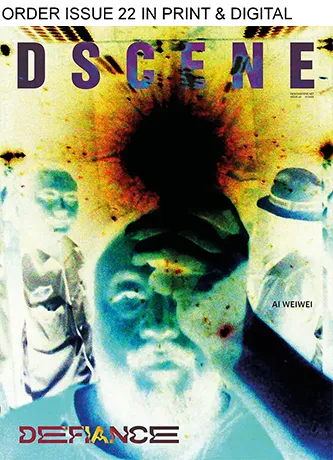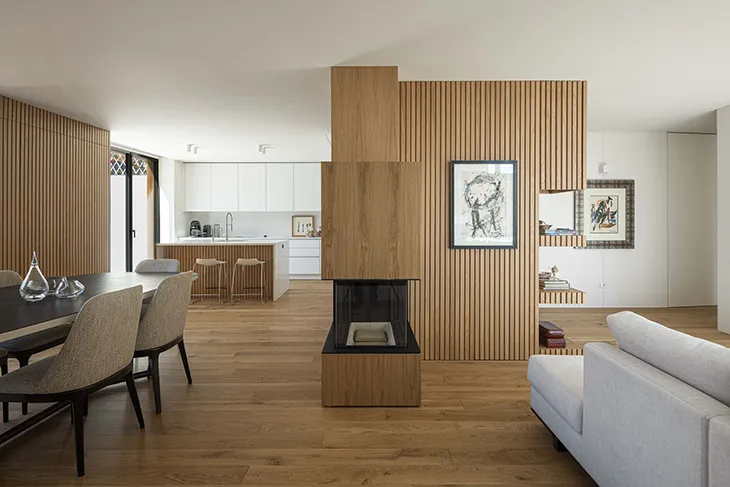
Walk into any newly built home or modern renovation, and you’ll likely find a familiar feature: a sweeping, open-concept floor plan. No more isolated kitchens or boxed-in living rooms. Today’s homes breathe. Walls are replaced with seamless transitions, merging cooking, dining, and relaxing into a shared experience.
But what’s often overlooked in the rise of open-concept design is the quiet partner shaping these choices – flexible home financing. Beyond the blueprint and paint samples, mortgage options are directly influencing how homeowners dream, plan, and build.
The Rise of the Open-Concept Home
Open-concept living has gained popularity over the last two decades, and for good reason. It creates the illusion of more space, even in smaller homes. Natural light pours in without obstruction. Parents can cook while keeping an eye on kids. Hosts can chat with guests without disappearing into another room.
There’s also something timeless about the flow of an open home. It’s adaptable. A dining area today can become a work-from-home hub tomorrow. A spare corner might transform into a yoga nook or a space for weekend crafts. The design invites evolution – a must in today’s dynamic lifestyle trends.
But flexibility doesn’t start with layout. It often begins with how the home is financed.

When Mortgage Choices Shape Design
While homeowners typically focus on fixtures and flooring, it’s their financing plan that often sets the parameters for what’s possible. Choosing between a fixed-rate mortgage or an adjustable-rate loan isn’t just a banking decision – it can define the scope of your project.
Let’s say a buyer secures a lower monthly payment with a longer mortgage term. That frees up extra cash flow each month, which might be invested in a kitchen island, skylight installation, or upgraded finishes that elevate the entire design. On the flip side, someone opting for a shorter loan term might keep their design simple upfront, knowing they’ll have equity faster to renovate down the line.
Budgeting for design starts with understanding your mortgage. It’s not only about what you can afford now, but how financing enables long-term comfort, upgrades, and even resale success.
Tools That Support Creative Living
Modern financing tools are helping homeowners think beyond the basics. From construction loans to mortgage pre-approval calculators, there’s a growing suite of resources that make it easier to align home design with financial strategy.
Take the example of a home renovation loan. For buyers eyeing a fixer-upper, this financing tool provides funds not just for the purchase, but for the remodel. Suddenly, that dated ranch house with choppy rooms becomes a blank canvas for a bright, open-concept masterpiece.
Refinancing is another powerful option. Let’s say a homeowner has lived in a traditional space for years and dreams of opening things up. By refinancing into a better rate or term – especially with today’s interest rates – they may be able to tap into the equity needed to fund their transformation.
In both scenarios, the emphasis isn’t just on borrowing – t’s on enabling design.
Designing for Life’s Curveballs
The beauty of an open-concept home lies in its adaptability. But that’s also where flexible financing plays a starring role. Life changes. Maybe a couple plans to grow their family. Or a young professional starts working remotely long-term. Even aging in place becomes a consideration as people look to downsize while maximizing usable space.
With smart financing, these transitions become easier. A home equity line of credit, for instance, allows homeowners to access funds when they need them – whether it’s for a future remodel or to install accessibility features. The space remains fluid, just like the lifestyle it supports.
This harmony between financial tools and design freedom is what modern homeownership is all about. You’re not just buying walls and windows. You’re investing in a home that can evolve alongside you.
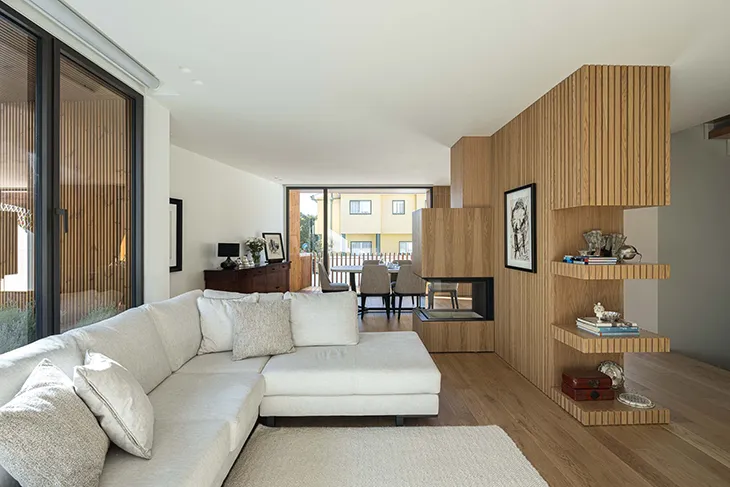
Real Stories, Real Value
Consider Mia, a first-time homeowner who used a fixed-rate mortgage with a 30-year term to buy a two-bedroom condo. The monthly savings she gained allowed her to knock down a wall between the kitchen and living room, giving her small space the feel of a downtown loft.
Or Alex and Jordan, a couple who refinanced after five years in their suburban home. With a more favorable loan term, they finally created the open-plan living and dining area they always wanted. Now, their weekends are filled with dinner parties and cozy movie nights in a space that feels truly theirs.
These aren’t just renovation stories. They’re examples of how financial decisions shape the way we live.
Thinking Long-Term: Design That Pays Off
Open-concept layouts aren’t just popular because they look good. They’re financially savvy too. Homes with spacious, flowing interiors tend to attract more buyers, and often sell faster. That means better returns when it’s time to move on.
Flexible financing makes it possible to invest in those improvements. Whether it’s tearing down a wall, upgrading lighting, or installing new flooring to unify multiple rooms, these changes add both daily joy and long-term value.
In fact, many homeowners consider open-concept designs to be future-proof. As remote work, downsizing, and multigenerational living become more common, flexible spaces are a must. And if the home’s layout can change over time, so should its financing.
The Final Word: Where Finance and Design Meet
At first glance, home design and mortgage rates might seem like two separate conversations. One belongs in a design studio, the other at a bank. But in today’s world, they’re deeply intertwined.
When you opt for a financing solution that adapts to your life, you create room – not just in your budget, but in your home. Room to remove walls. Room to let the light in. Room to dream big and build with purpose.
So if you’re planning your next move – whether buying, building, or renovating – consider this: your mortgage doesn’t just finance your home. It fuels your design. And with the right strategy, an open-concept space becomes more than a trend. It becomes a lifestyle shaped by vision, and supported by smart, flexible choices.
Images from Casa Forca-Vouga by RVDM Arquitectos – see full story here.
